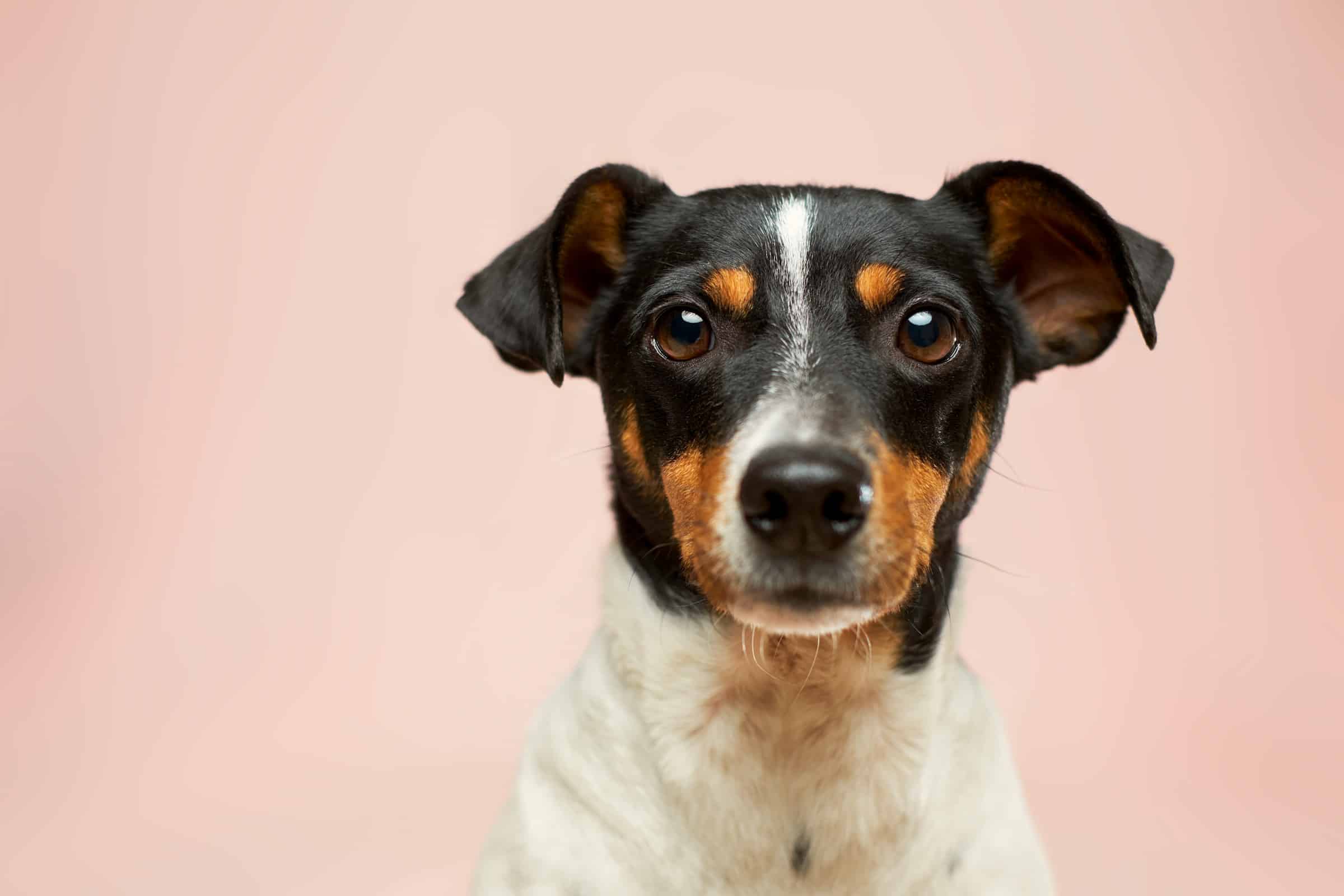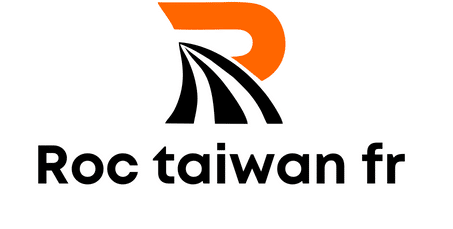What’s the Best Way to Manage Your Dog’s Exercise Routine After Spay/Neuter Surgery?

After your dog has had a spay/neuter surgery, one of the most critical aspects of post-operative care is managing their exercise routine. This can be an arduous task, as dogs are often eager to return to their active lives as quickly as possible. However, too much activity too soon can threaten the healing process and even cause complications. In this article, we will delve into the best ways to manage your pet’s exercise routine after surgery, providing insights that will help you aid your four-legged friend’s recovery.
Understanding the Importance of an Adjusted Exercise Routine
Understanding the importance of modifying your dog’s exercise routine after surgery is crucial. Your vet will likely emphasize this, but it’s worth repeating: your dog’s body needs time to heal.
A découvrir également : How to Properly Care for Your Pet’s Teeth with Daily Brushing Routines?
When a dog undergoes a spay or neuter surgery, an incision is made in their abdominal area. This isn’t a minor procedure, and the consequences of your dog resuming physical activity too soon can be severe. Complications can include reopening of the incision, infection, and internal damage.
A period of rest and restricted activity allows the incision to heal properly. Your vet will give specific advice based on your dog’s age, health and the specifics of the surgery. Generally, a dog must have restricted activity for 10-14 days post-surgery. This means no running, jumping, or rough play.
A découvrir également : How to Introduce a Puppy to Water for Safe Swimming Experiences?
Gradually Reintroducing Exercise
Once your dog’s incision has healed and the vet has given the green light, you can begin to gradually reintroduce exercise into your pet’s daily routine. However, this should be a slow and measured process.
For the first few days, keep your dog’s activity to gentle walks on a leash, even in the backyard. This is to ensure they don’t overexert themselves. Start with short walks around the block, then gradually increase the distance over time, observing your dog’s reaction and comfort levels.
Additionally, try to keep your dog calm at home. Some dogs are more sedentary than others, but if your pet is used to playing with other pets or toys, you might need to separate them or put toys away for a while.
Mental Stimulation for Your Dog
While your dog is recovering post-surgery, it is essential to provide them with mental stimulation. This can be as important as physical activity in keeping your pet content and reducing any anxiety they might feel from being cooped up.
There are various ways to provide mental stimulation for your pet. Interactive toys that dispense treats can be an excellent way to keep your dog occupied without requiring physical exertion. Training sessions are also beneficial – teaching your dog new tricks or commands can help keep their mind sharp without putting strain on their bodies.
Monitoring Your Dog’s Condition Post-Surgery
Throughout your dog’s recovery period, it’s important to keep a close eye on their behavior and physical condition. Any changes could be an indication that there’s a problem and your dog needs veterinary attention.
Watch for signs of discomfort such as excessive licking or chewing at the incision, as well as any changes in eating or toileting habits. Swelling, redness, or discharge from the incision site are also signs that something may be wrong. If you notice any of these signs, call your vet right away.
Collaborating With Your Vet for the Best Outcome
Your vet understands your pet’s individual needs and is the best source of advice when it comes to managing your dog’s exercise routine after surgery. Regular check-ups in the days and weeks following the operation will help monitor your pet’s progress, and your vet can adjust their advice based on how well your dog is healing.
Remember, each dog is an individual and might recover from surgery at a different pace. It’s crucial to be patient and follow your vet’s instructions to ensure your dog’s health and wellbeing during this crucial recovery period.
Implementing Post-Surgical Care at Home
After spaying or neutering, your dog will require diligent care at home to ensure a safe and comfortable recovery. In the hours after surgery, your pet may still be groggy from anesthesia. It’s crucial to have a quiet area prepared where they can rest undisturbed. During this time, close supervision is essential to ensure they do not attempt to lick or scratch at the incision site.
In the days following the procedure, continue to monitor your pet closely. Check the incision site daily for signs of inflammation or infection, such as redness, swelling, or discharge. As much as possible, discourage your pet from licking or scratching the area, which could lead to complications. Using an Elizabethan collar, often referred to as a "cone," may be necessary to prevent your pup from reaching the surgical site.
While it’s important to limit physical activity, remember that mental stimulation is vital for your dog’s wellbeing. Incorporate gentle play and interaction into your pet’s daily routine, such as using treat-dispensing toys or engaging in short training sessions. Offering new toys or rotating existing ones can help to keep your pet interested and engaged.
The first few days after surgery, your pet’s appetite may be reduced. This is normal, but if your dog refuses food altogether or appears particularly lethargic, contact your veterinarian promptly. Maintaining communication with your veterinary clinic throughout the recovery process will aid in managing any unexpected issues that may arise.
Conclusion: Prioritizing Your Dog’s Recovery after Spay/Neuter Surgery
Managing your dog’s exercise routine after spay/neuter surgery plays a vital role in ensuring a smooth recovery. It requires patience, understanding, and a consistent care routine tailored to your pet’s individual needs. By keeping your dog calm and occupied, monitoring their incision site and behavior, and maintaining close communication with your vet, you can provide your pup with the best possible care during their post-surgical period.
Remember, each dog is unique and may handle the recovery process differently. As a pet owner, the best thing you can do for your pet is to be patient, supportive, and attentive to their needs. This will guarantee that your dog returns to their active, playful self in no time.
Always remember, the full recovery of your pet is the ultimate goal. While it may be tempting to rush the process and return to your regular routine, it’s important to let your dog recover at their own pace. By taking the necessary precautions and following the guidance of your vet, you can ensure your dog’s successful recovery from spay/neuter surgery, ensuring their health and happiness for years to come.
